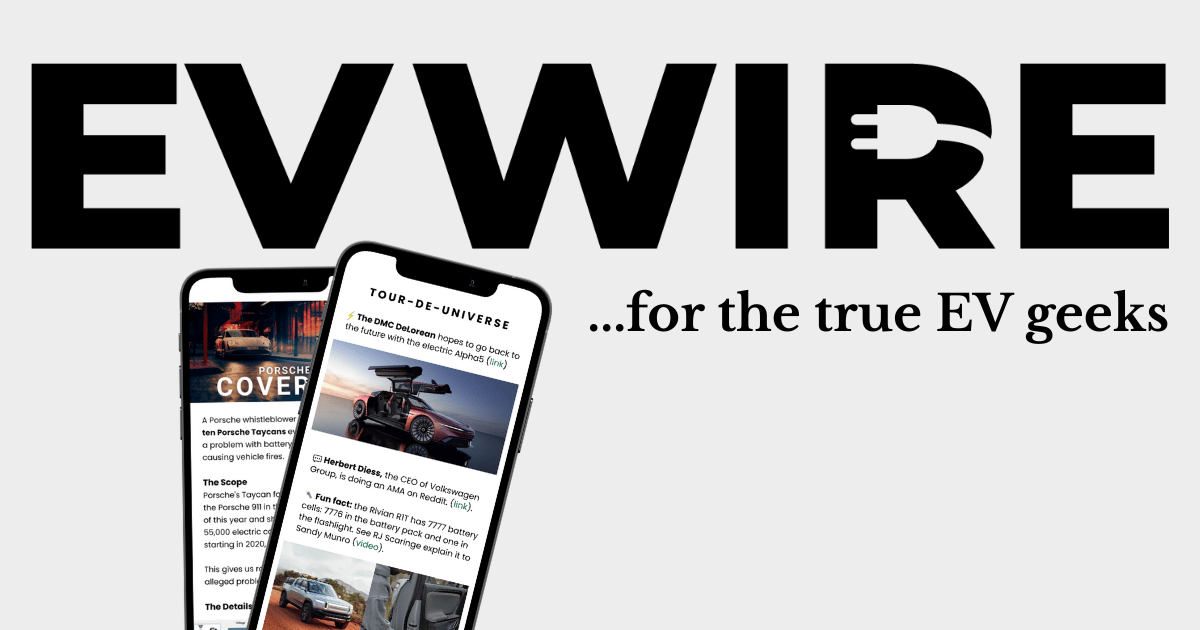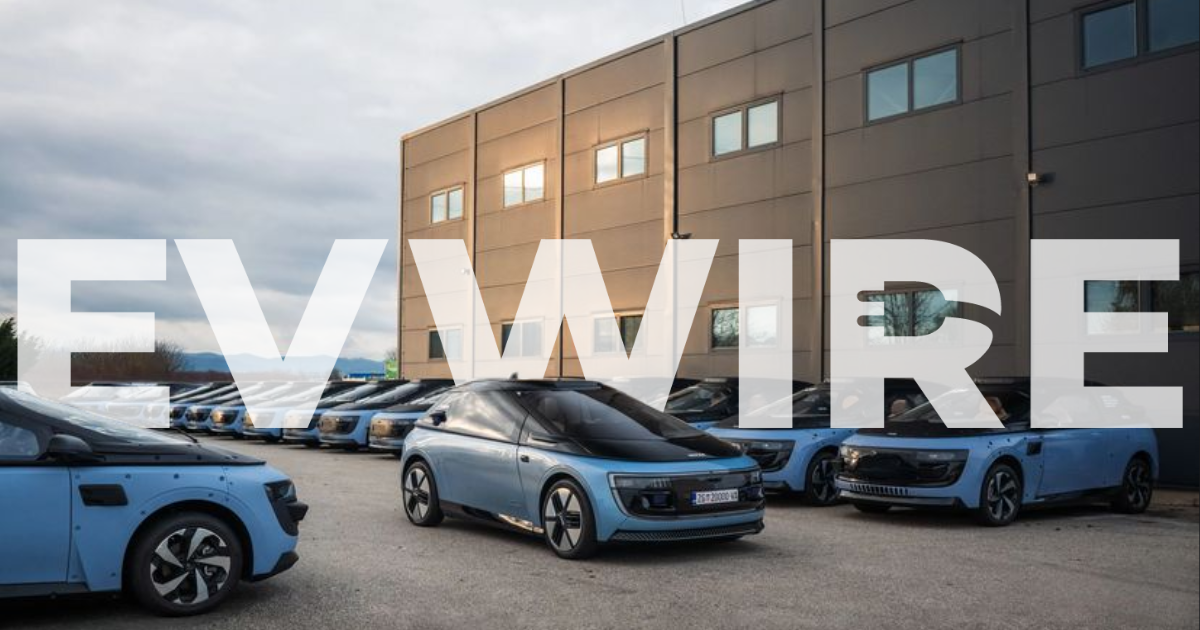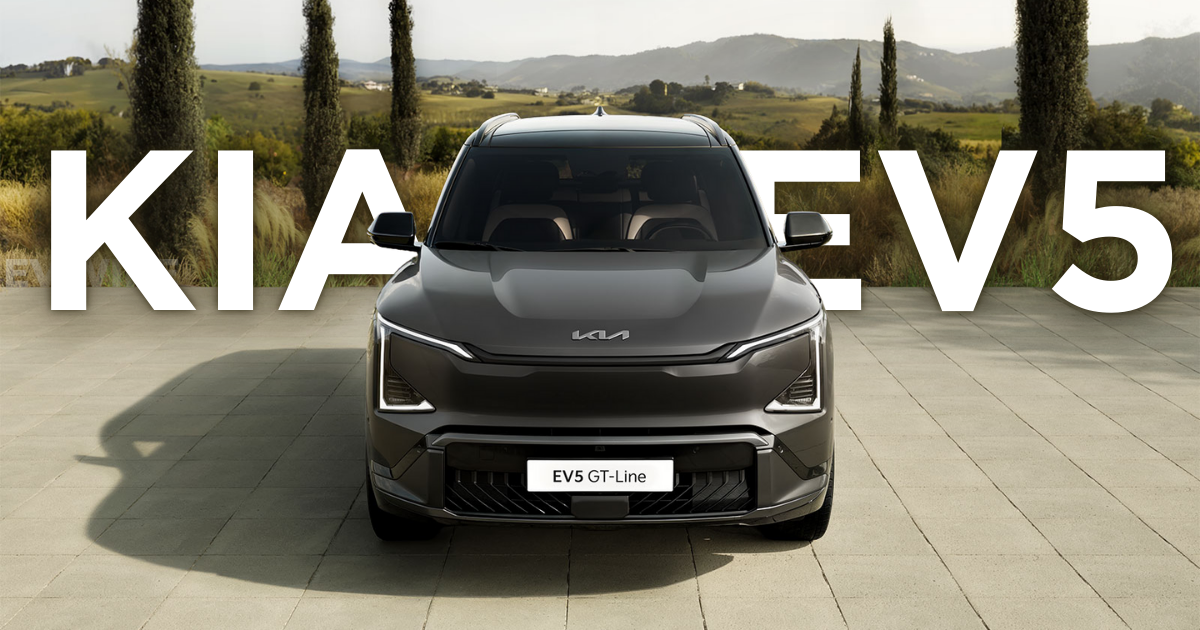
The recently announced partnership between FLO and SWTCH (FLOSWTCH ?) brings up a lot of interesting points and challenges associated with those living in a multi-family building. This highlights the growing focus on addressing EV charging challenges in multi-family buildings, where residents face unique barriers compared to those in single-family homes.
For this article, small-scale residential buildings (SSRB) will refer to duplexes, triplexes, and quadriplexes. Multi-unit residential buildings (MURBs) will refer to larger buildings with 10 or more tenants, a main entrance lobby, and (hopefully) an elevator.
When it comes to multi-family housing, there are several general barriers slowing EV adoption. But before diving into those, it’s worth noting that SSRBs and MURBs face very different challenges.
SSRBs often have fewer tenants, simpler electrical systems, and private or semi-private parking areas. The challenge here is usually cost-effectiveness and effective space utilization. Owners may hesitate to install multiple chargers when only one or two residents drive EVs. Fortunately, SSRBs can typically deploy lower-cost Level 2 chargers with basic load-sharing and avoid complex submetering or networked billing systems.
MURBs face a different set of issues. These include shared electrical infrastructure, limited panel capacity, tenant turnover, and more complex cost-recovery models. MURBs benefit from networked EV Energy Management Systems (EVEMS) and software-based access control, ensuring fair usage and automated billing. Retrofits can be challenging, but new builds can integrate EV-readiness from the start through conduit rough-ins and dedicated load allowances.
So, let’s get into the EV charging problem for multi-family buildings even further. Here are 4 main pain points with suggestions for solutions:
Limited electrical capacity: Older residential buildings often have limited capacity and would require expensive electrical upgrades to support EV charging.
Solution: Apply EV Energy Management Systems (EVEMS), which can utilize load sharing/demand response technologies that are more cost-effective than full service upgrades. These solutions work in underground and/or multi-level parking.
No dedicated parking: Some buildings utilize street parking, first-come, first-served, or a free-for-all when it comes to parking at their buildings. Without a dedicated space, residents can’t reliably access charging, even if stations exist.
Solution: Install shared chargers with smart scheduling or access controls.
High infrastructure costs: Costs for design, construction, and equipment can be extremely high based on location and complexity.
Solution: Leverage federal and provincial rebates (e.g., ZEVIP, provincial programs) and utility incentives to offset upfront costs.
Unclear cost recovery for developer or building owner: Building owners are looking for a return on their investment if they install EV chargers.
Solution: Adding a small increase to the tenant’s rent/fees to cover the cost of the charger and using tenant monthly billing for energy costs via sub-metering, smart metering, and software platforms for automated user billing.
These barriers explain why multi-family EV adoption lags behind single-family homes. However, with new partnerships like FLO and SWTCH, growing rebate programs, and emerging technologies like EVEMS, the path to equitable charging access is becoming clearer. The next challenge will be scaling these solutions across thousands of existing buildings nationwide.





